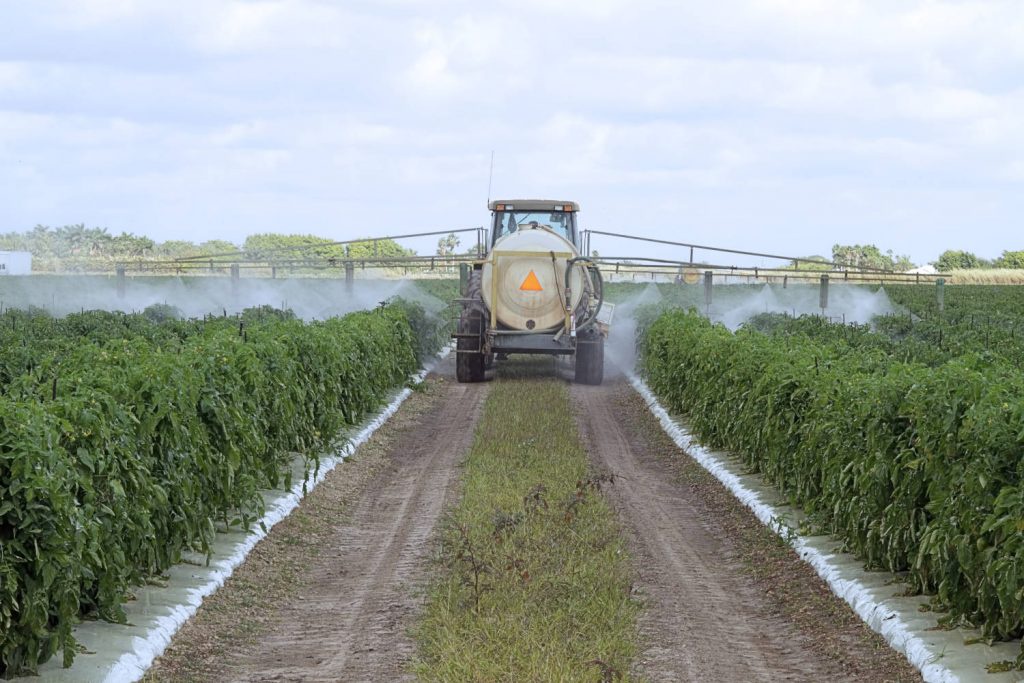Introduction:
Fungicides play a crucial role in modern agriculture by protecting crops from harmful fungal diseases. To maximize their effectiveness, it is essential to optimize the application process. One key factor in this optimization is the selection of the right fungicide nozzle. In this guide, we will explore the importance of fungicide nozzles, the different types available, and factors to consider when choosing the optimal nozzle for your crop protection needs.
Understanding the Role of Fungicide Nozzles:
Fungicide nozzles are vital components of spraying equipment, responsible for delivering the fungicidal solution onto crops in a controlled manner. The nozzle's design directly influences droplet size, distribution, and coverage, impacting the overall efficacy of the fungicide application. The right fungicide nozzle ensures that the active ingredients are dispersed evenly, reaching the target surfaces for maximum disease control.
Types of Fungicide Nozzles:
- Hydraulic Nozzles: Hydraulic nozzles are a traditional option, relying on pressure to create droplets. They are suitable for various applications but may produce larger droplets, potentially leading to uneven coverage. However, advancements in hydraulic nozzle technology have resulted in models that offer improved precision and droplet control.
- Air-Assisted Nozzles: Air-assisted nozzles introduce air into the spraying process, creating a finer spray with smaller droplets. This technology enhances coverage and penetration into crop canopies, providing better protection against fungal diseases. Air-assisted nozzles are particularly beneficial when dealing with dense or tall crops.
- Air Mix Nozzles: Air mix nozzles combine the principles of both hydraulic and air-assisted nozzles. These nozzles use a venturi system to mix air with the liquid, resulting in consistent droplet size and distribution. Air mix nozzles are versatile and suitable for a wide range of fungicides and crops.
Factors to Consider When Selecting Fungicide Nozzles:
- Droplet Size: The size of the droplets generated by the nozzle is a critical factor. Smaller droplets offer better coverage and adhesion to target surfaces, improving the overall efficacy of the fungicide.
- Application Rate: Consider the required application rate for your specific fungicide and crop. Different fungicides may necessitate varying application rates, and selecting a nozzle that allows for easy adjustment is crucial.
- Crop Canopy: The architecture and density of the crop canopy impact the choice of nozzle. For crops with dense canopies, air-assisted or air mix nozzles are often preferred to ensure thorough coverage.
- Spraying Conditions: Weather conditions, such as wind speed and humidity, play a role in fungicide application. Nozzles that minimize drift and ensure precise targeting under different weather conditions are desirable.
Conclusion:
In conclusion, optimizing fungicide application requires careful consideration of various factors, with the selection of the right fungicide nozzle being of paramount importance. Whether opting for hydraulic, air-assisted, or air mix nozzles, understanding the specific needs of your crops and the fungicides being used is crucial for achieving optimal results. By incorporating the right fungicide nozzle into your spraying equipment, you can enhance coverage, improve disease control, and ultimately maximize the effectiveness of your fungicide applications.


No comments yet